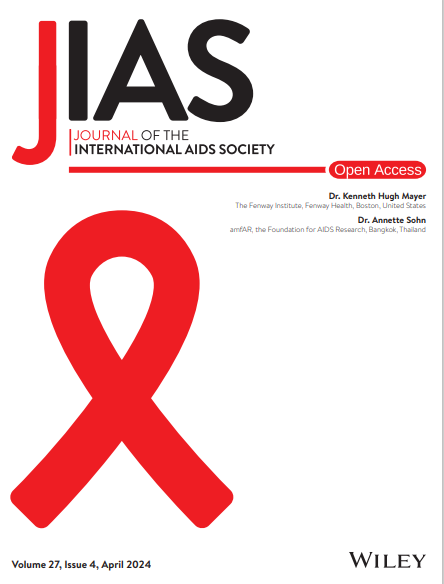Implementing the new WHO guidelines on HIV post-exposure prophylaxis: perspectives from five African countries
Abstract
Introduction
Post-exposure prophylaxis (PEP) is an important component of comprehensive HIV prevention, yet its uptake has been suboptimal globally. In July 2024, the World Health Organization (WHO) updated its global guidance on PEP to include two new recommendations intended to increase timely access to and delivery of PEP. These recommendations specifically aim to expand both where PEP can be delivered, to include community settings, and who can provide PEP, to include community health workers and task-sharing. The practical realities of adopting new public health guidelines to achieve the intended benefits in most contexts are complex. Articulating these realities is important for identifying what will be required to ensure the feasibility of expanded PEP access in community settings.
Discussion
We provide stakeholder perspectives from five African countries—Kenya, Nigeria, South Africa, Uganda and Zimbabwe—on both barriers to and strategies for implementing the new WHO PEP recommendations. These perspectives are informed by experiences in these countries that were shared at a recent workshop and highlight key themes related to PEP uptake and use: awareness and acceptability; administration and monitoring; policy alignment, including regulatory considerations; logistics; integration of services; stakeholder involvement and capacity building; and linking PEP and PrEP more directly. Running across these themes are the roles of socio-cultural norms and the need for increased resources to pay for implementing the recommendations, including capacity strengthening and monitoring in communities.
Conclusions
While significant challenges exist to expanding PEP access in community settings and through task-sharing, there are examples from our countries of successful efforts to mitigate them by leveraging existing community resources and capacities in innovative ways. Additional efforts will require engagement across multiple stakeholders to address remaining awareness gaps, logistical and regulatory obstacles, and political will. As countries work to update their guidelines and align with the new WHO recommendations, continued collaboration and innovation within and across countries will be essential to realize the full potential of PEP in comprehensive HIV prevention efforts.

 求助内容:
求助内容: 应助结果提醒方式:
应助结果提醒方式:


